In a similar way than in this related question, I am trying to render complex shapes by the mean of ray-tracing inside a cube: This is, 12 triangles are used to generate a bounding box and each fragment is used to render the given shape by ray-tracing.
For this example, I am using the easiest shape: a sphere.
The problem is that when the cube is rotated, different triangle angles are distording the sphere:
What I have attempted so far:
I tried making the raytracing in World space, also in View-space as suggested in the related question.
I checked that the worldCoordinate of the fragment is correct, by making a reverse projection from gl_fragCoord, with the same output.
I switched to orthographic projection, where the distortion is reversed:
My conclusion is that, as described in the related question, the interpolant of the coordinates and the projection are the origin of the problem.
I could project the cube to a plane perpendicular to the camera direction, but I would like to understand the bottom of the question.
Related code:
Vertex shader:
#version 420 core
uniform mat4 model;
uniform mat4 view;
uniform mat4 projection;
in vec3 in_Position;
in vec3 in_Normal;
out Vertex
{
vec4 worldCoord;
vec4 worldNormal;
} v;
void main(void)
{
mat4 mv = view * model;
// Position
v.worldCoord = model * vec4(in_Position, 1.0);
gl_Position = projection * mv * vec4(in_Position, 1.0);
// Normal
v.worldNormal = normalize(vec4(in_Normal, 0.0));
}
Fragment shader:
#version 420 core
uniform mat4 view;
uniform vec3 cameraPosView;
in Vertex
{
vec4 worldCoord;
vec4 worldNormal;
} v;
out vec4 out_Color;
bool sphereIntersection(vec4 rayOrig, vec4 rayDirNorm, vec4 spherePos, float radius, out float t_out)
{
float r2 = radius * radius;
vec4 L = spherePos - rayOrig;
float tca = dot(L, rayDirNorm);
float d2 = dot(L, L) - tca * tca;
if(d2 > r2)
{
return false;
}
float thc = sqrt(r2 - d2);
float t0 = tca - thc;
float t1 = tca + thc;
if (t0 > 0)
{
t_out = t0;
return true;
}
if (t1 > 0)
{
t_out = t1;
return true;
}
return false;
}
void main()
{
vec3 color = vec3(1);
vec4 spherePos = vec4(0.0, 0.0, 0.0, 1.0);
float radius = 1.0;
float t_out=0.0;
vec4 cord = v.worldCoord;
vec4 rayOrig = (inverse(view) * vec4(-cameraPosView, 1.0));
vec4 rayDir = normalize(cord-rayOrig);
if (sphereIntersection(rayOrig, rayDir, spherePos, 0.3, t_out))
{
out_Color = vec4(1.0);
}
else
{
discard;
}
}



